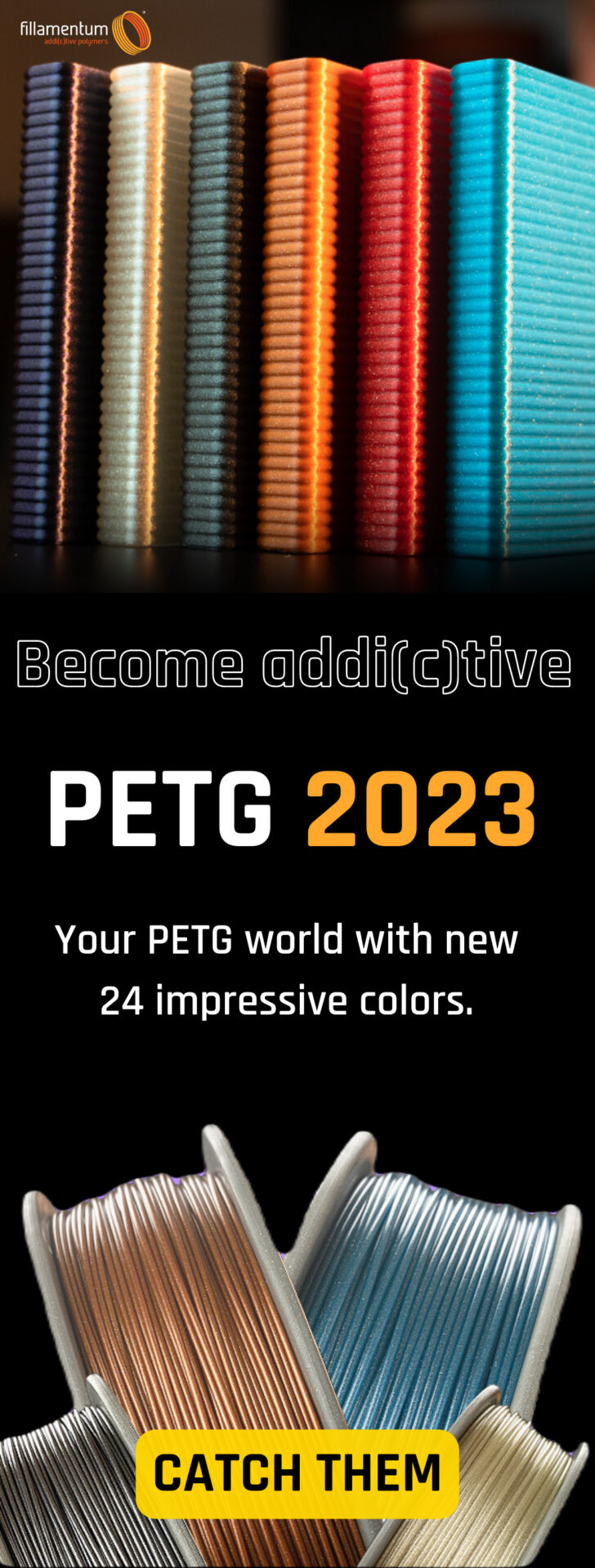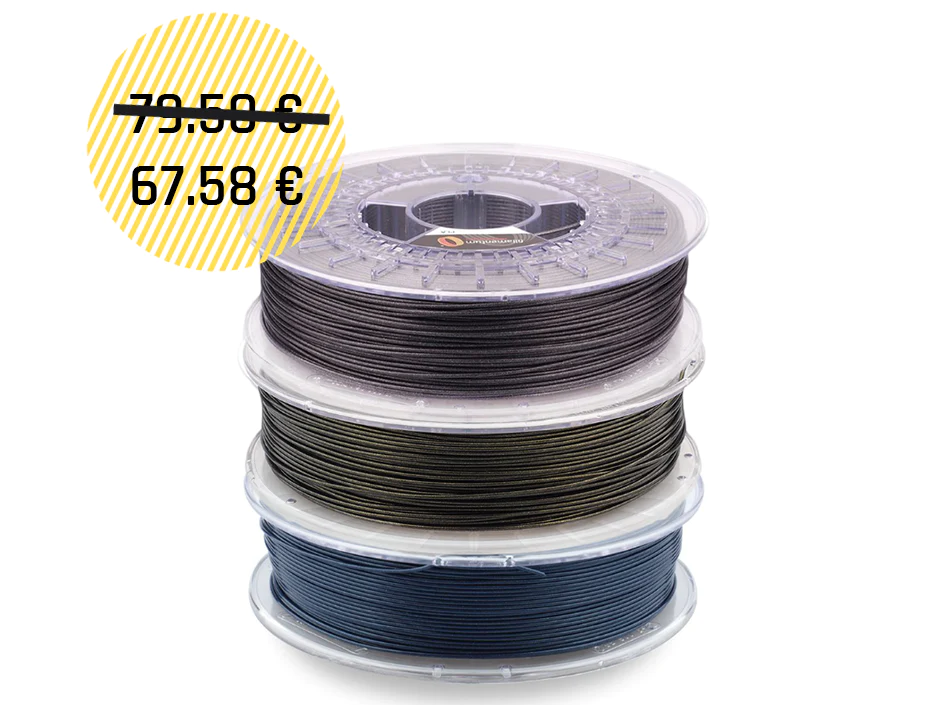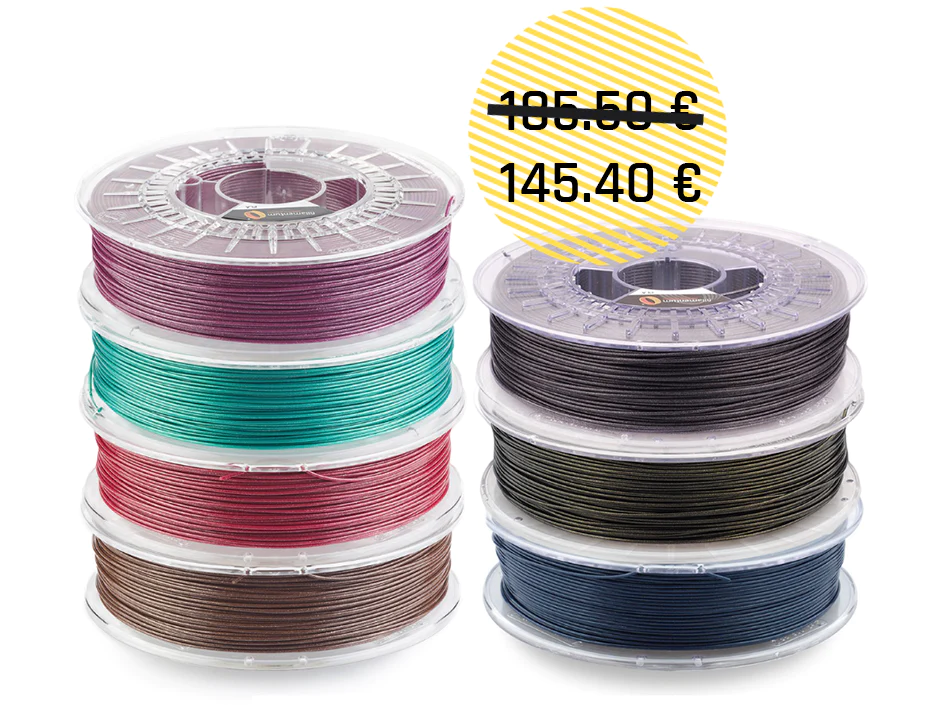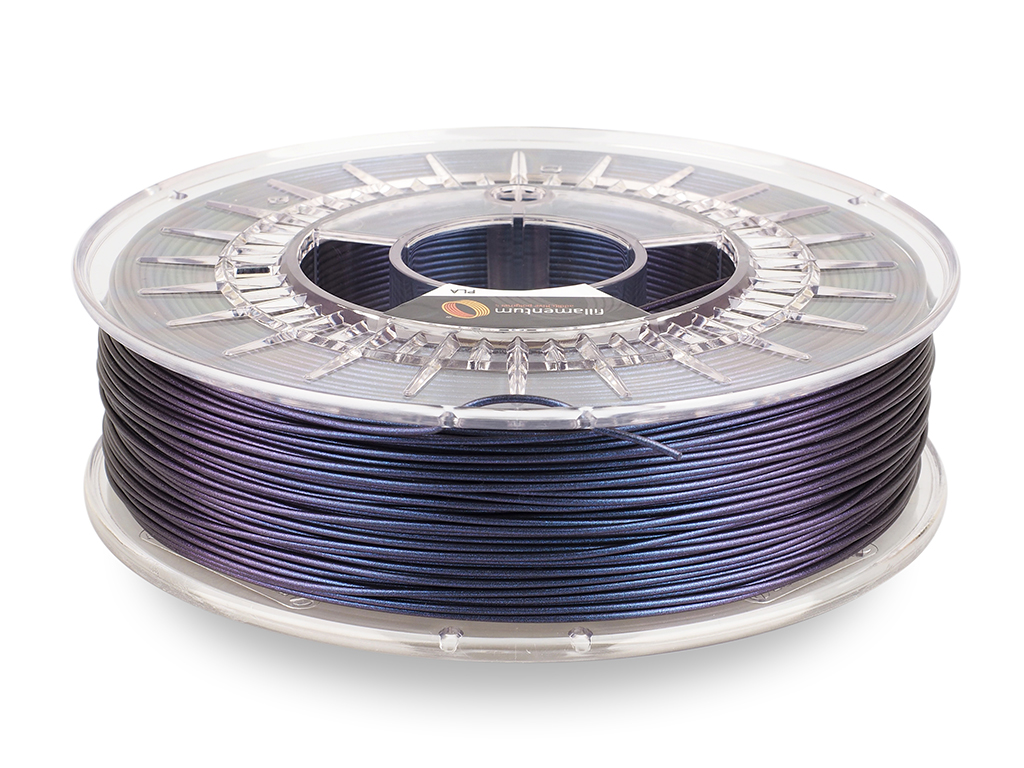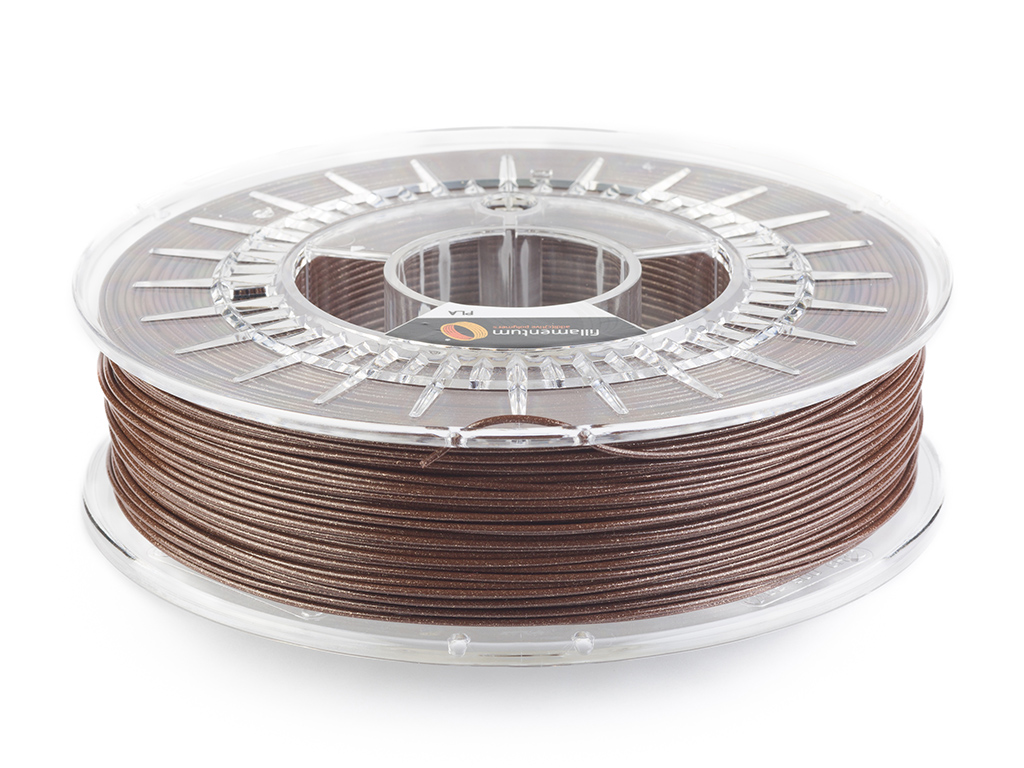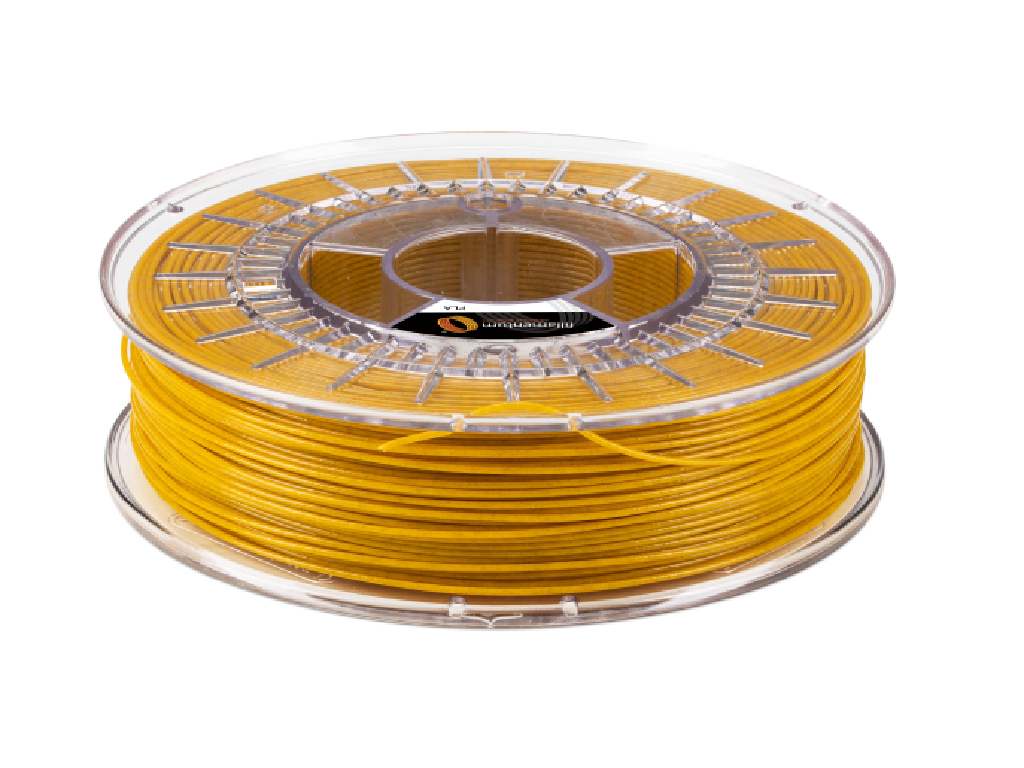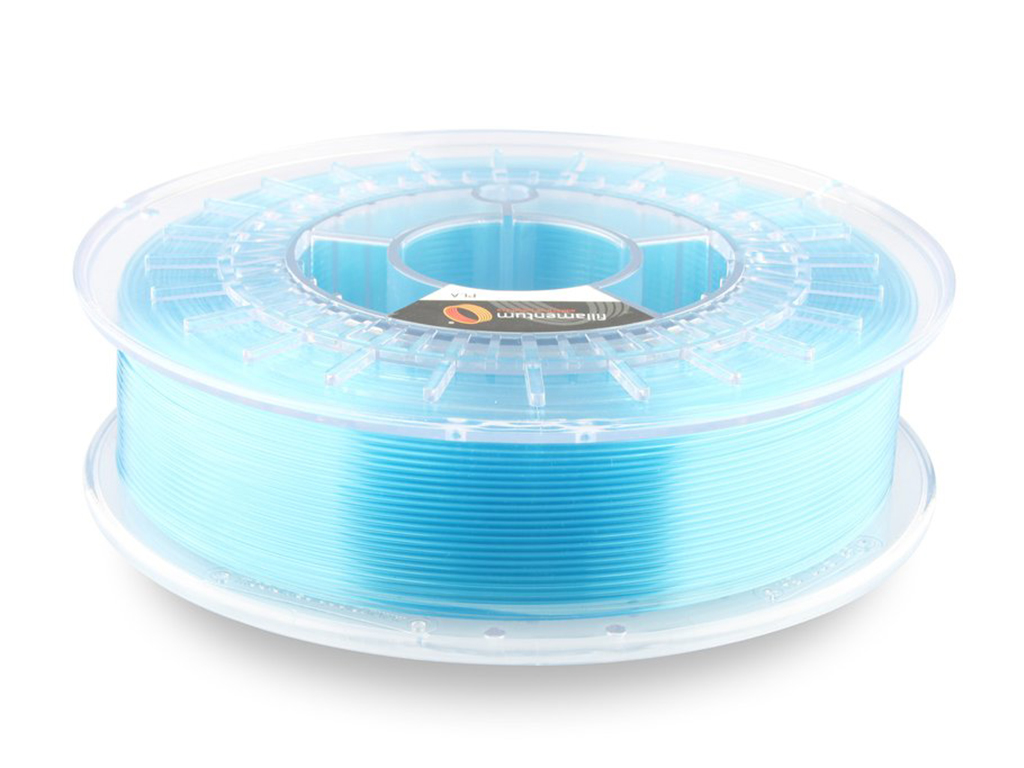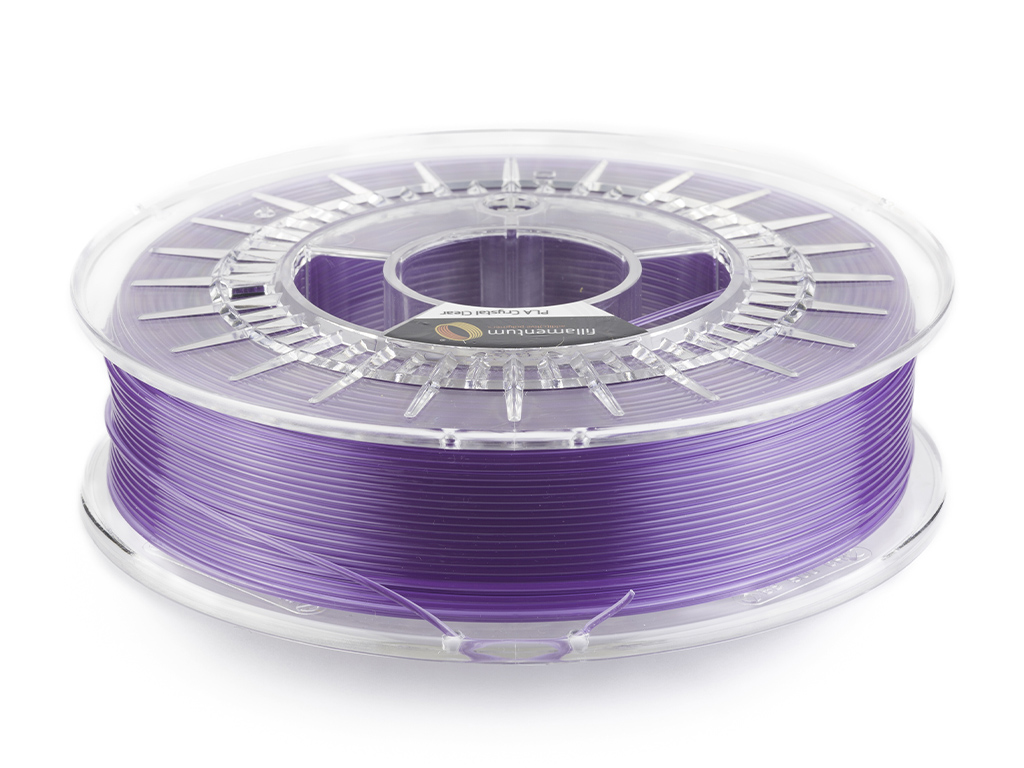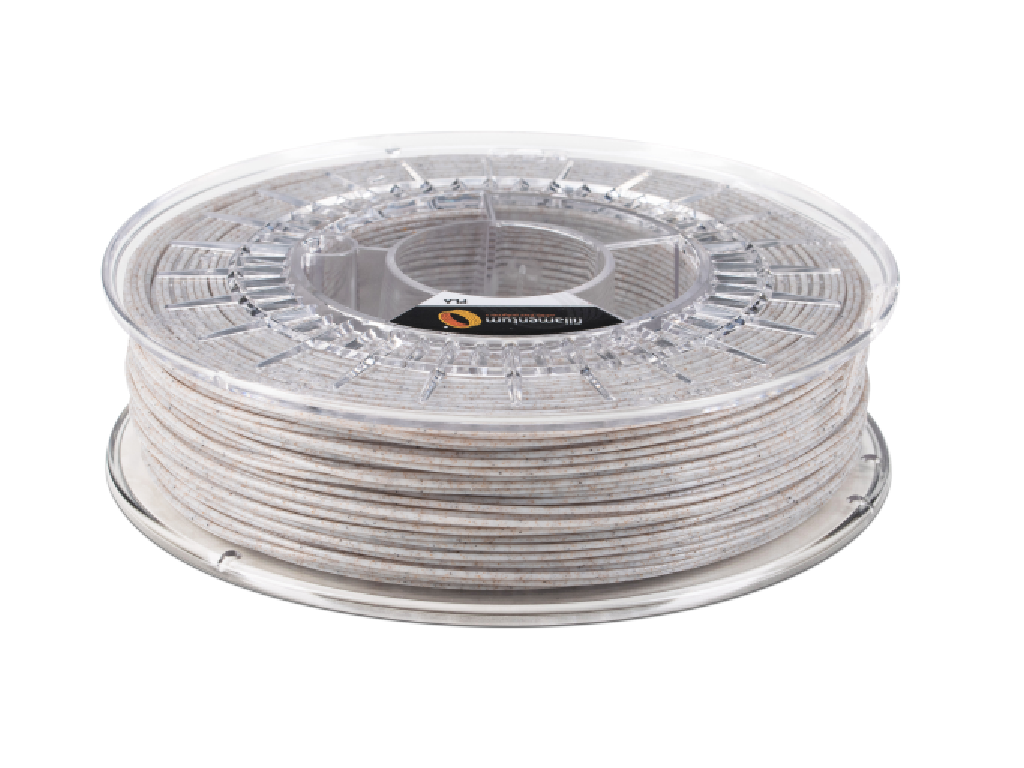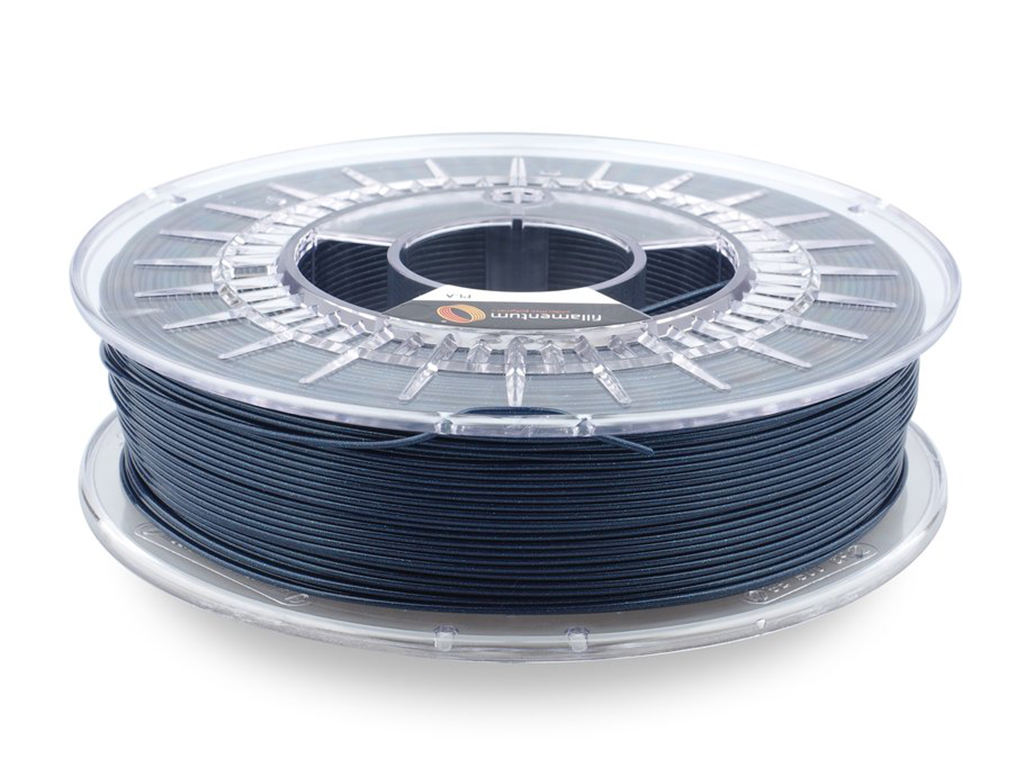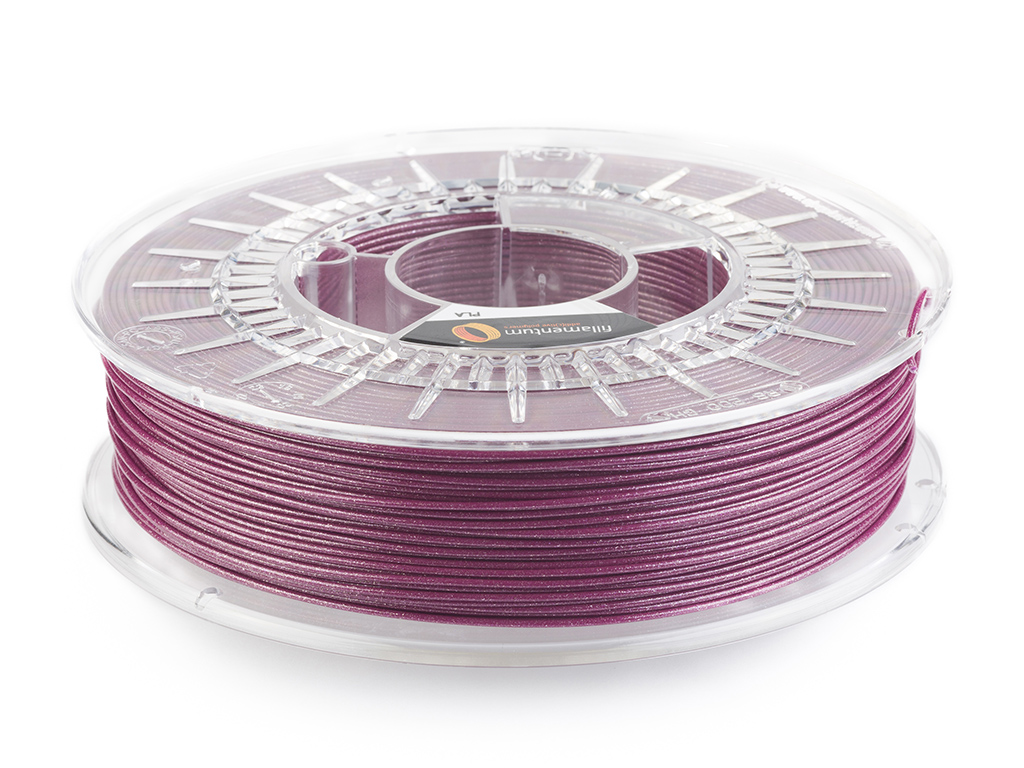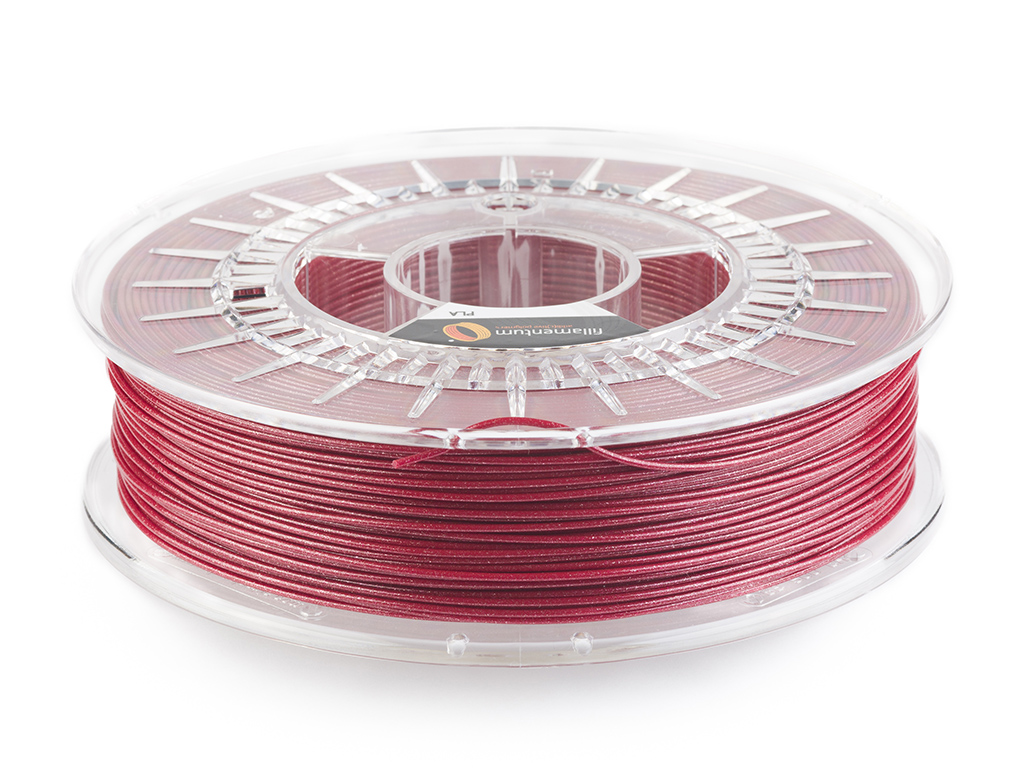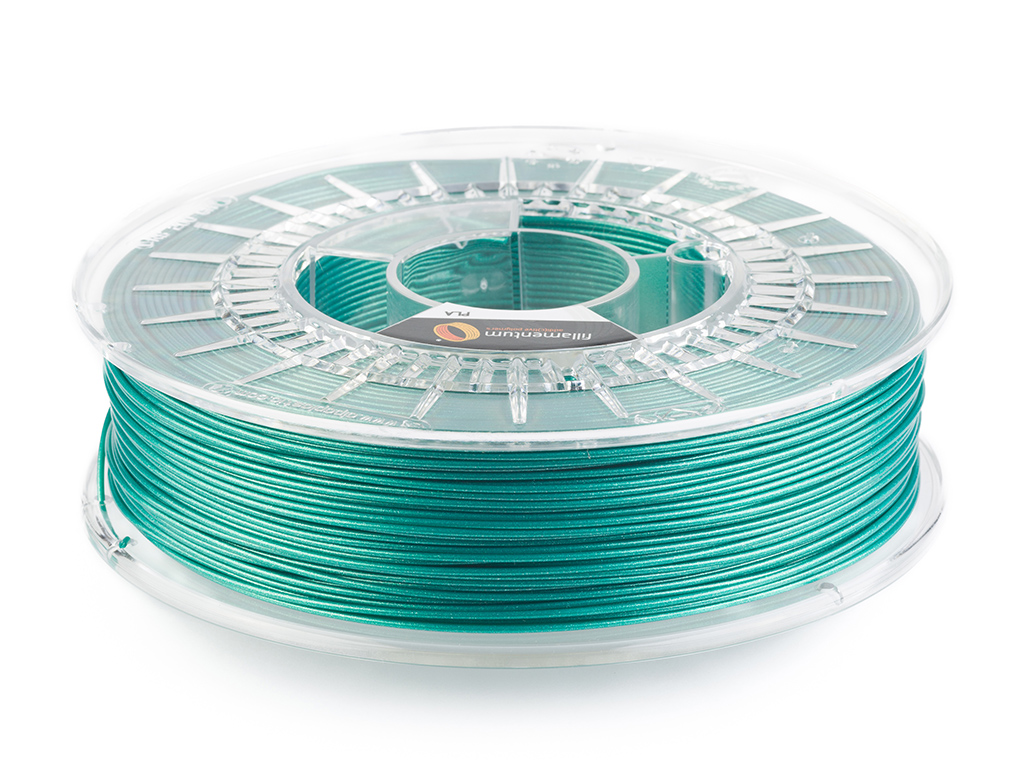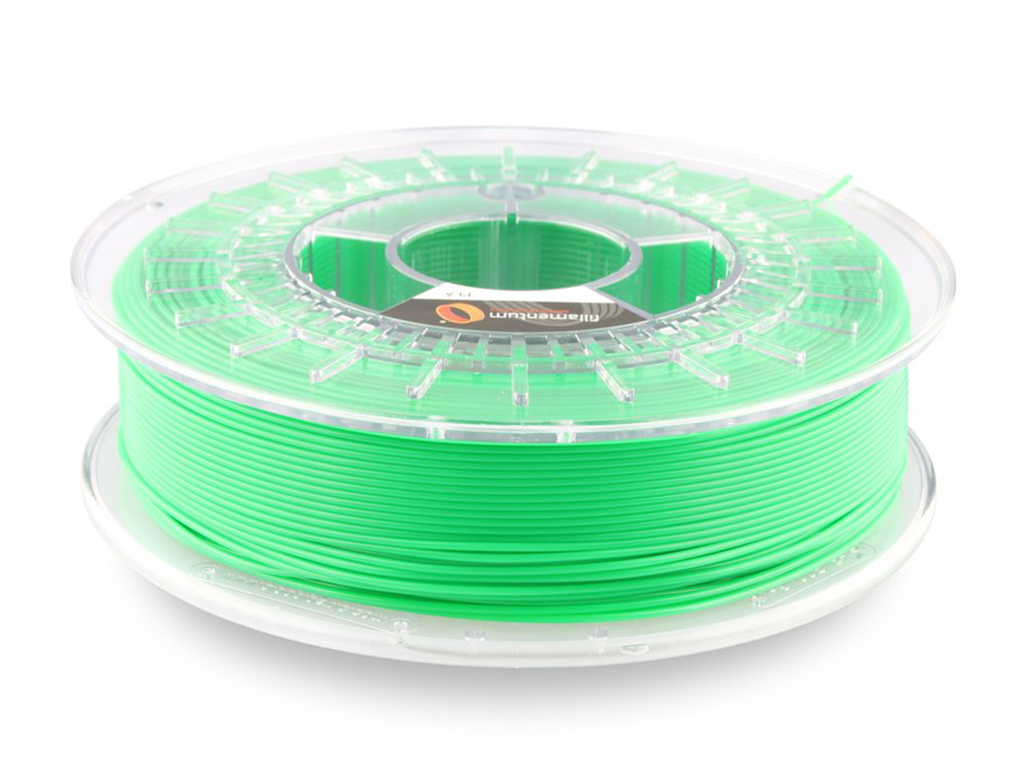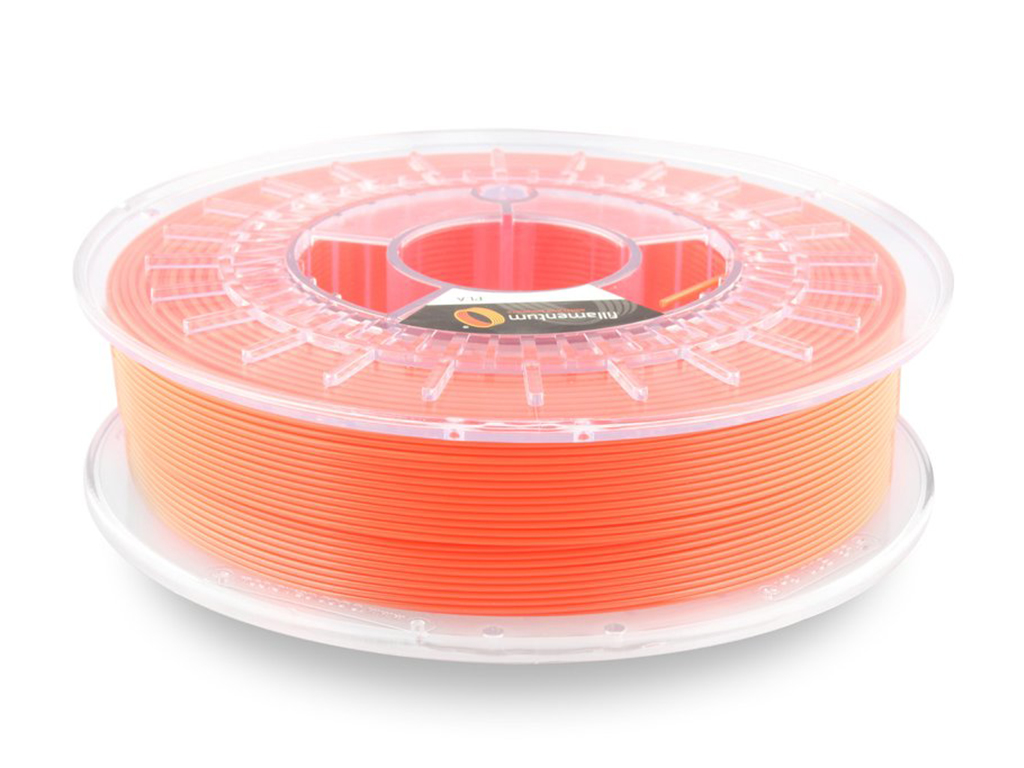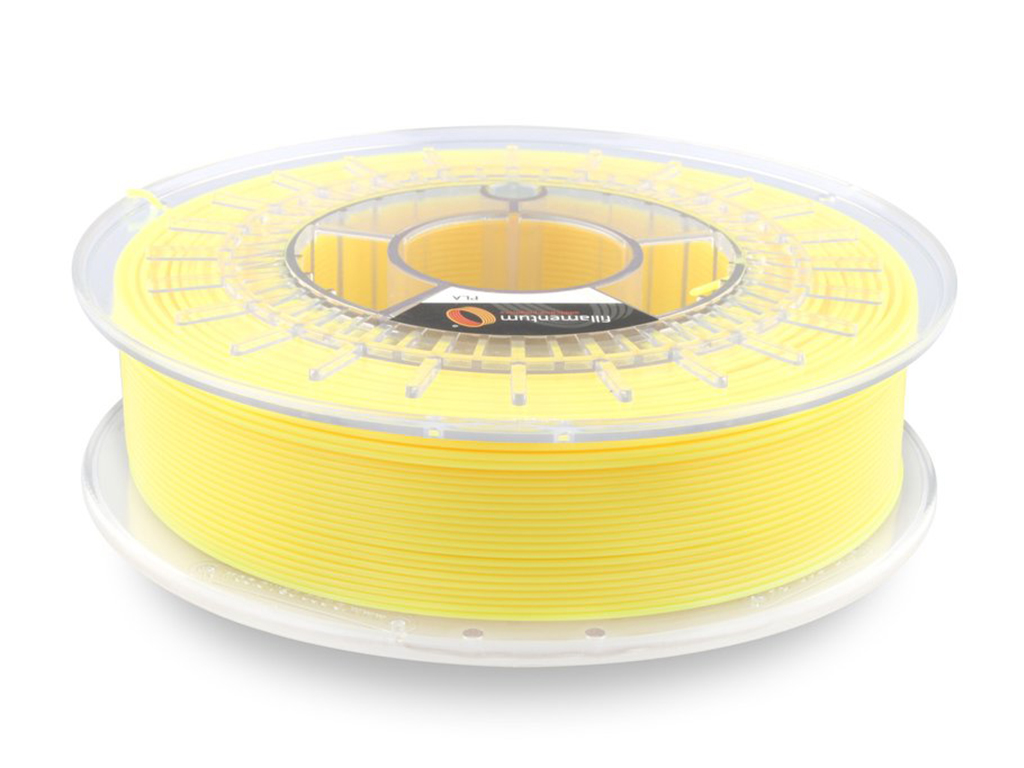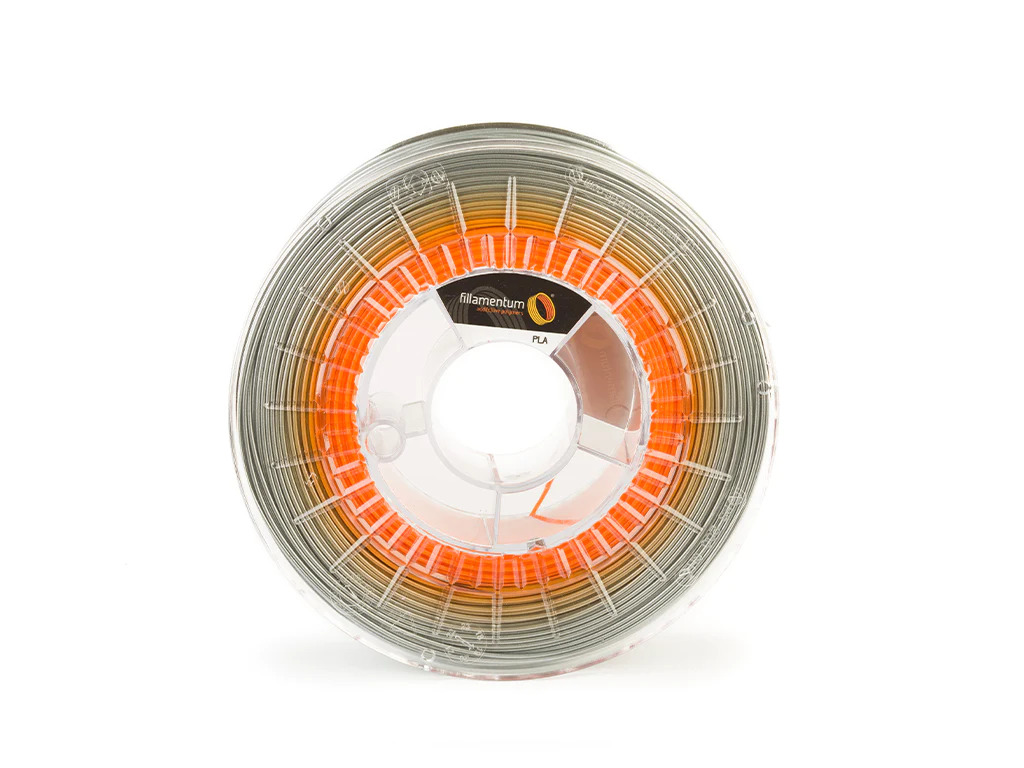PROBLEMS THAT PLAGUE DESIGNERS
Stealing designs for commercial use in 3D printing
Published on August 31, written by Laila.
“In the world of 3D printing, all servers like Thingiverse, Cults3D, Printables, and others use the Creative Commons information for each design published for download. I think it is essential to notice and respect this, not only because of the legal penalties, based on copyright law, that exist but also as a general expression of respect for the designer,” says Laila who talked with designer Martin Žampach about this topic. Unfortunately, even with the presence of Creative Commons, designs are sold on various websites or used commercially without the designer’s consent.
Unauthorized use happens 🙁
Martin is a Czech designer and artist who specializes in industrial and product design, and he uses 3D printing every day as a tool for prototyping or producing end products. We asked him about his experience with theft or unauthorized use of his designs. “In the beginning, I posted a few collections on Thingiverse for free under a non-commercial license. It became very popular, and a lot of people downloaded and printed them, but then I saw them being sold on different websites. I started to see them also on the 3D printing shows around the globe on the stands of different brands. This was a great icebreaker to start talking about with 3D printing manufacturers such as MakerBot or Ultimaker. My design and name got to the main 3D printing manufacturers, which was great.’
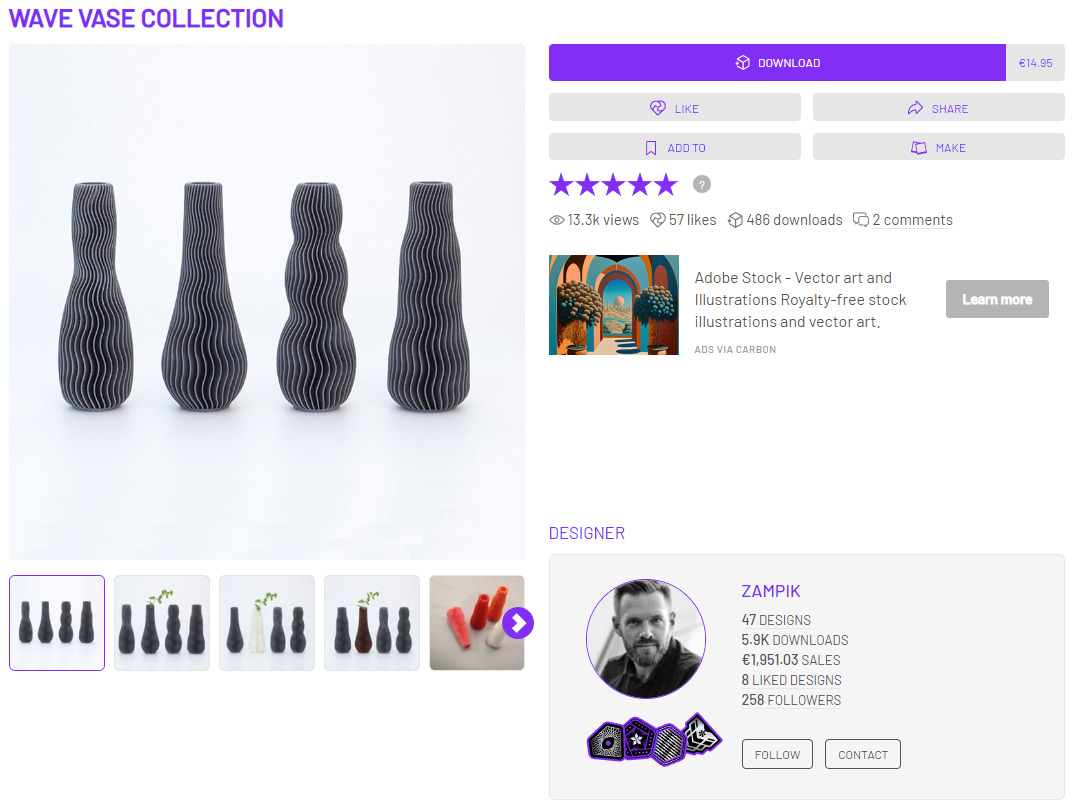
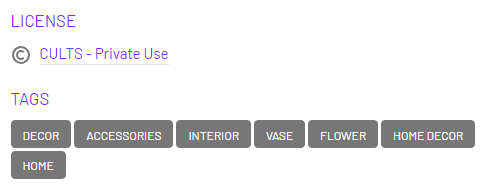
Credit: Cults3D.com
Depends on how they approach it
All is well if the author agrees to non-commercial use – the copyright must be respected and the product should not be used for commercial purposes. Martin discovered some commercial uses for his designs and acted immediately. “For example, I found out that Ultimaker had a photo of my vase design on their packaging without even knowing it. An agency was given the assignment. They downloaded my design from Thingiverse took a photo and used it in the graphics. I addressed the issue, being as it was for commercial use. I wanted some compensation and agreed on it with Ultimaker, so this case was positive in the end.’’
Unfortunately, not every time things end well like this time. The important part is how the company reacts when confronted by the artist. “They handled it pretty well; we worked out an agreement which was ok for both sides. But this was one of the few cases where the company handled it nicely. Many manufacturers quickly removed the design from their website when I wrote to them, or they apologized and stopped using it. The others still sell or use it for promo or as a color sampler for example. It really depends.’’
Proving ownership
It seems that there’s not much artists can do about this, as the resolution of such cases costs a significant amount of money once lawyers are involved, and there is no guarantee that one will even succeed. You have to just try it and be honest. “I had a dispute with the manufacturer Flashforge, as they also had my vases on their website. They claimed that they downloaded it for free from a random database. I had to prove that it was my design, and only then did they agree to compensate it. Others just didn’t react at all.’’ This is certainly not an uncommon situation. Every author disseminating their digital works has already encountered it, or will in the near future. The first known case, Louise Loube Driggers, is from 2016. You can find more about it here.
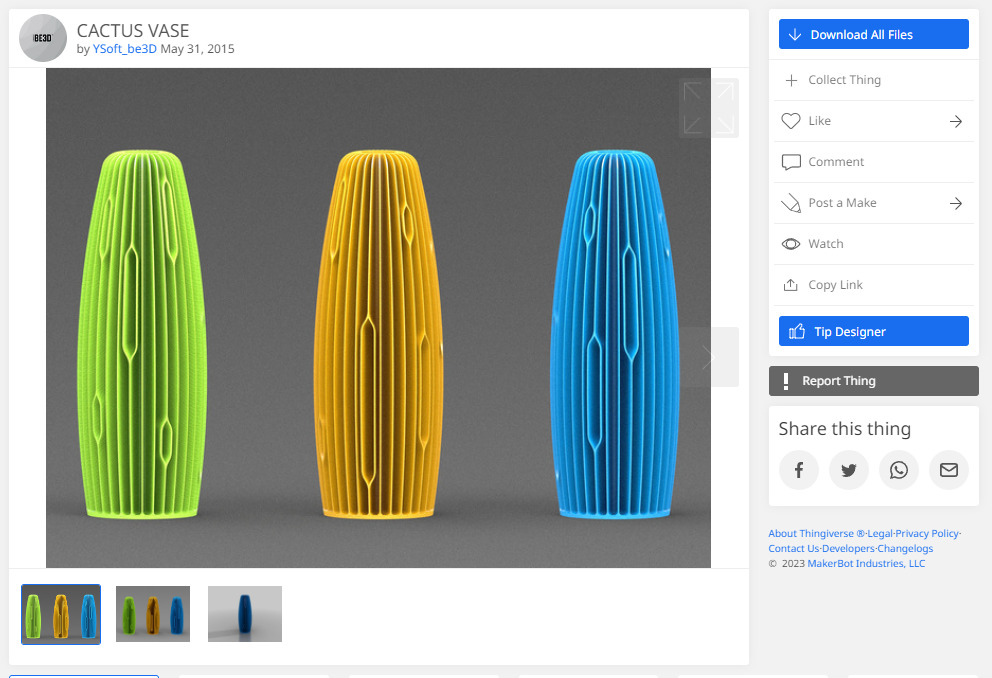
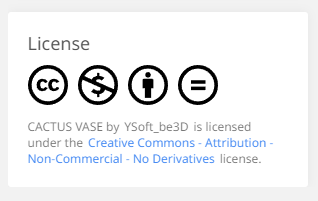
Ask first, then use
However, it might even be enough for the companies that want to use any designs to be fair and polite, simply by asking the artists first. In many cases, they don’t have a problem providing companies with the design for a small promotional fee, 3D printer, or for a mention that designates the credit of the design to them, as Martin confirms. “They don’t have to remove it. I can even send them more of my designs; they can use them! But it would be nice if they used my name, at least.’’
Not intentional copying
In some situations, the Creative Commons is technically not broken. “Some artists in various parts of the world think in the same way and invent similar designs without knowing it.’’ This happens to a lot of people. They create a design and then find that a similar one already exists. It must be noted that this is very different from the unauthorized use of a designer’s work and therefore acceptable.
Follow martin
What can you read in the CS?
follow us
Check out more blogs
SPAM
The best choice for versatile printing




